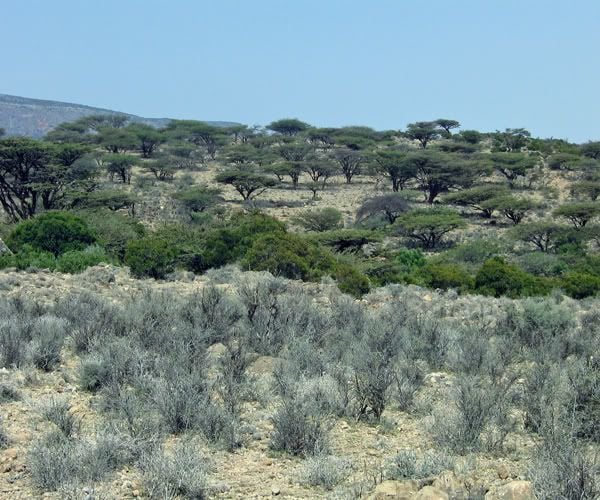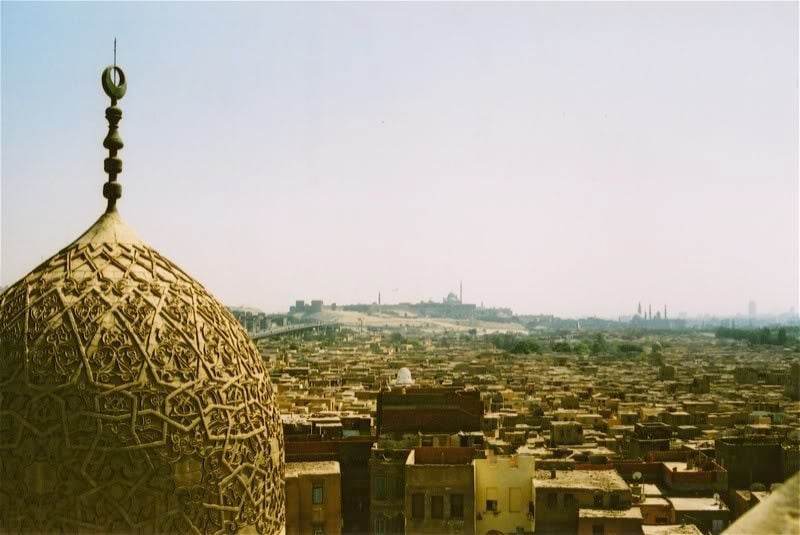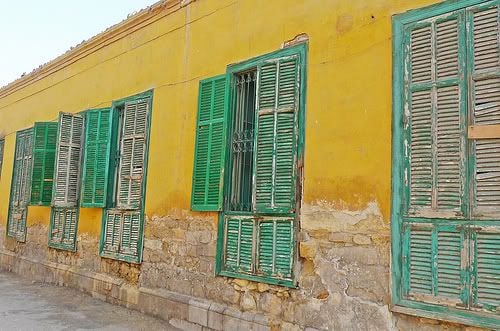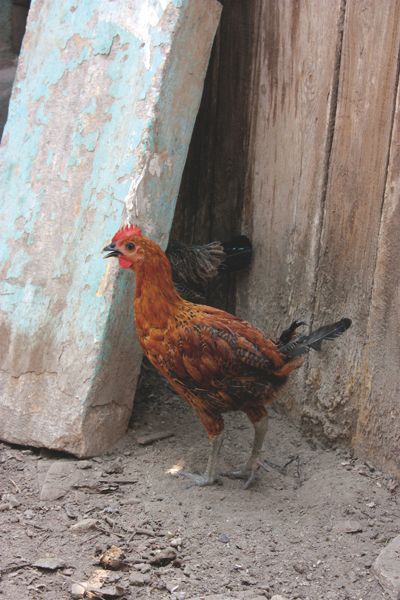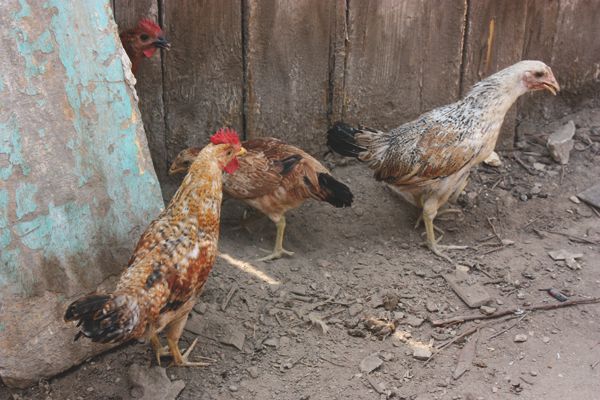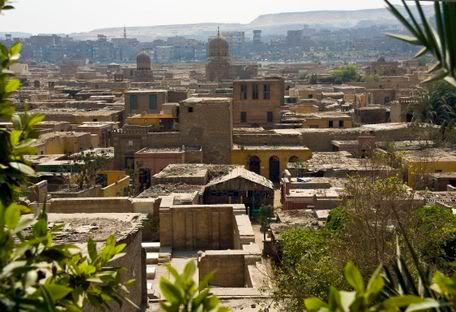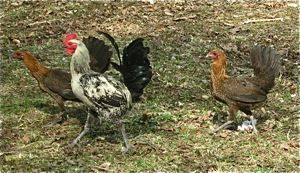FROM THE PEARL OF THE INDIAN OCEAN TO THE ERYTHRAEAN SEA AND BACK AGAIN
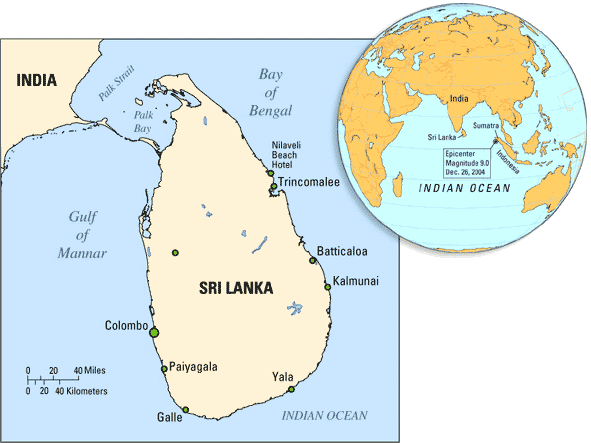
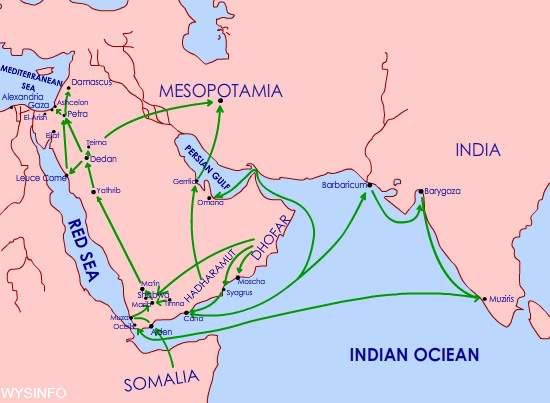
Please examine closely the location of the island Sri Lanka in relation to the Horn of Africa and the Erythreaen(Red)Sea.
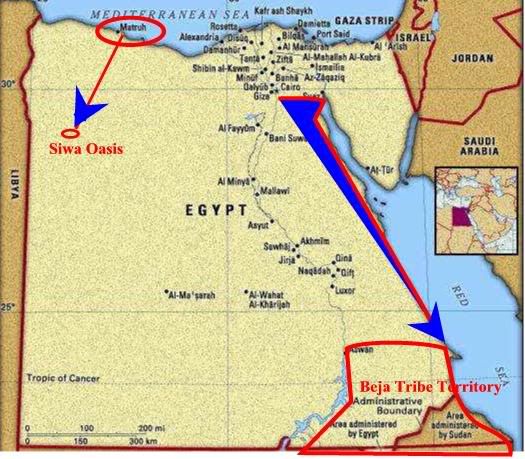
BLUE STREAK DENOTES EGYPTIAN BIGAWI (BEJA) TRADE ROUTE AND TERRITORY-NOTE WIDEST END PROXIMITY WITH AL FAYYOM (FAYOUM OASIS)
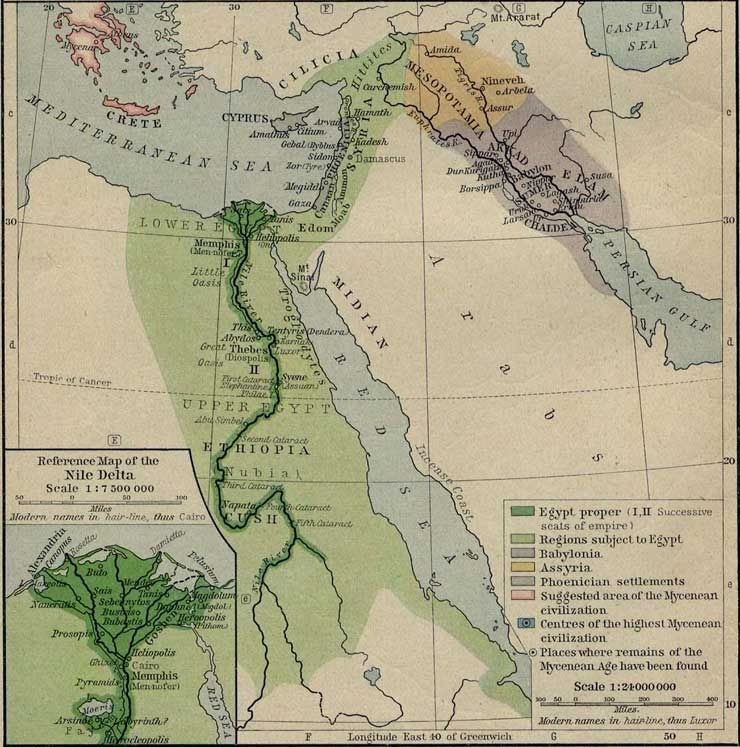
Look for Lake Moeris in the insert map. This is the enormous lake that once covered most of the Fayoum Depression during ancient times.
As the water table dropped this lake dried up leaving an ever wider barrier of thorn scrub and doum palm forest between the desert and the centre of the depression.
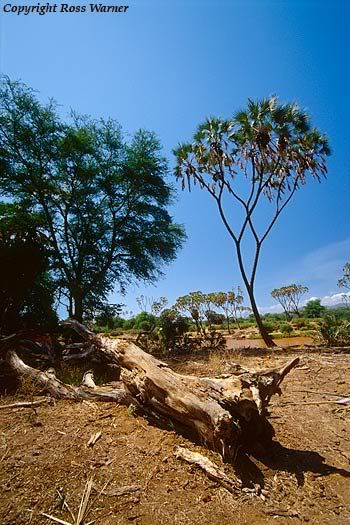
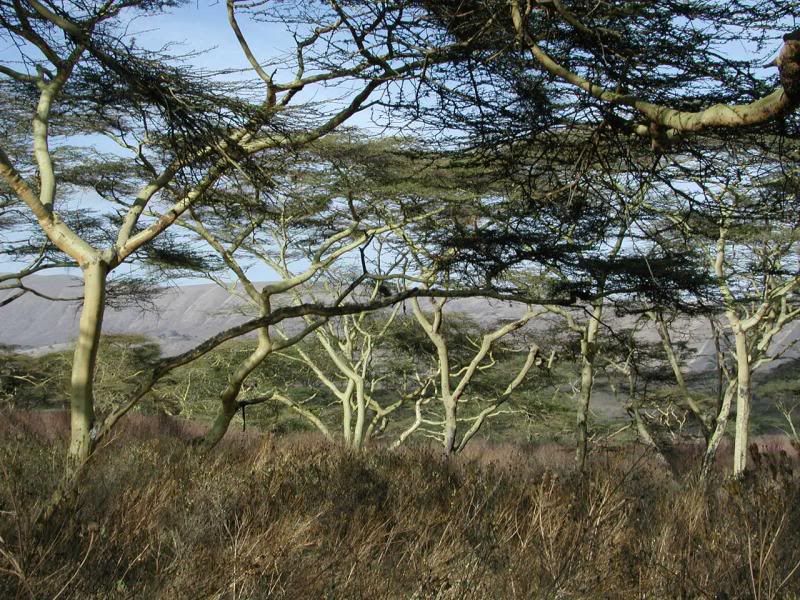
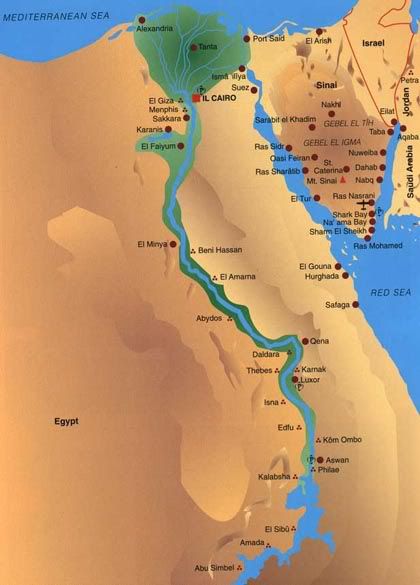
Search for El Fayum on the Nile River.
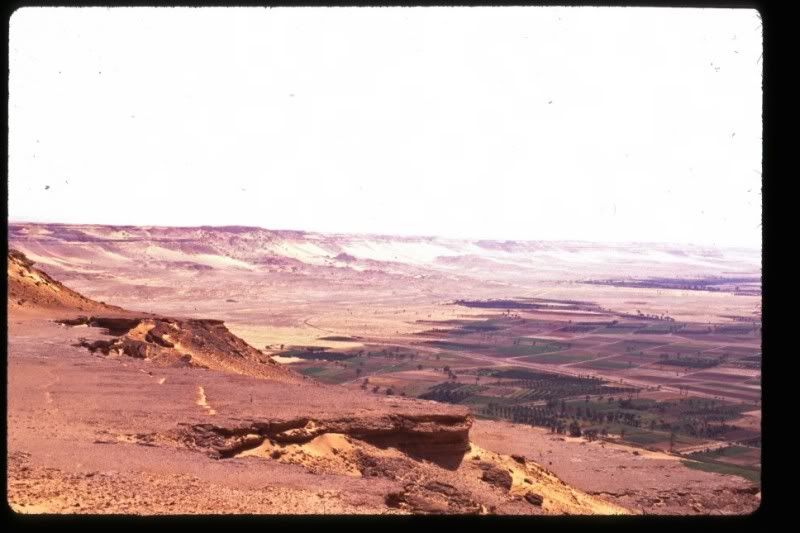
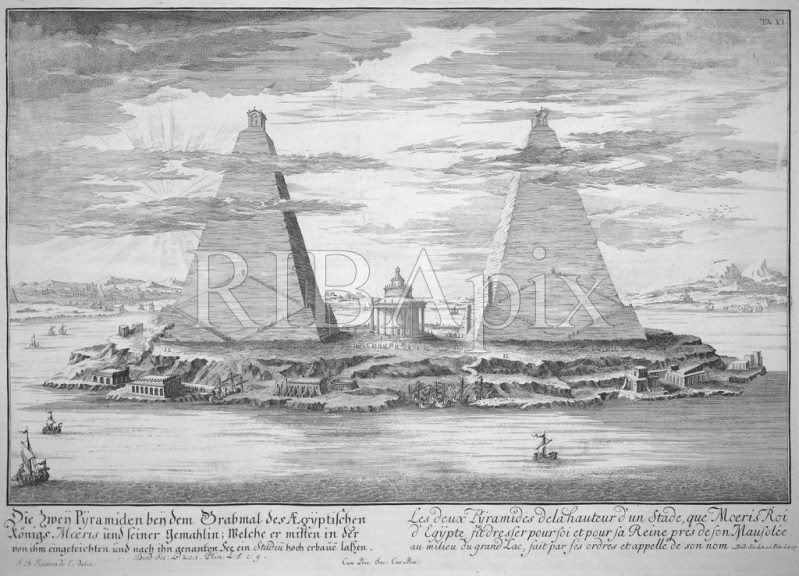
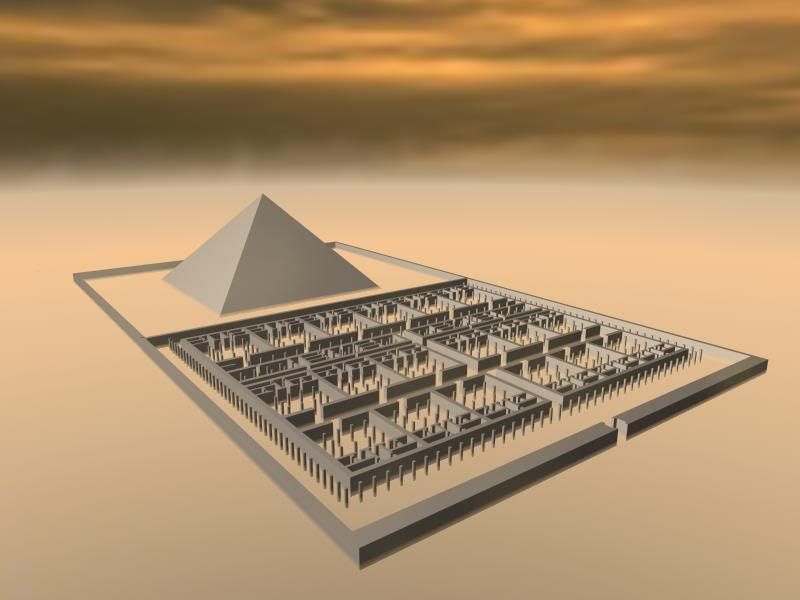
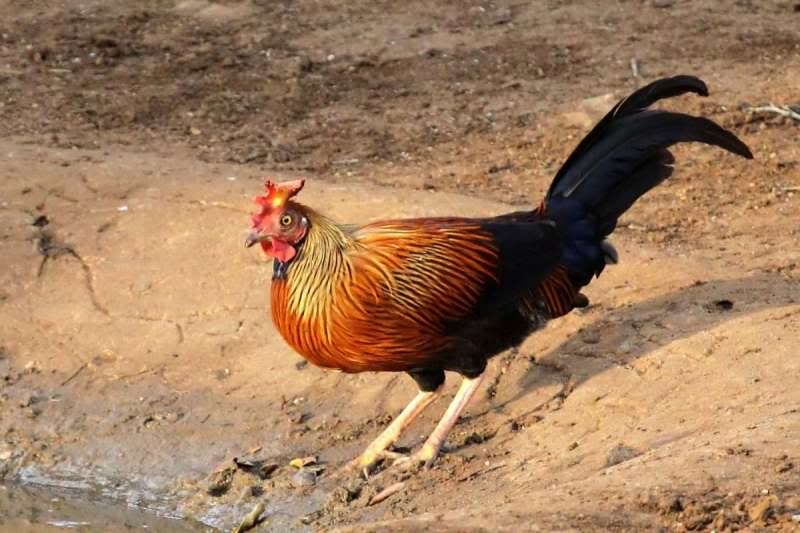
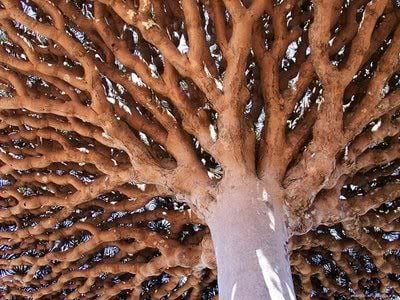
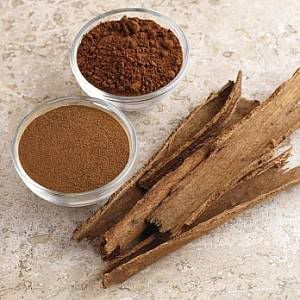
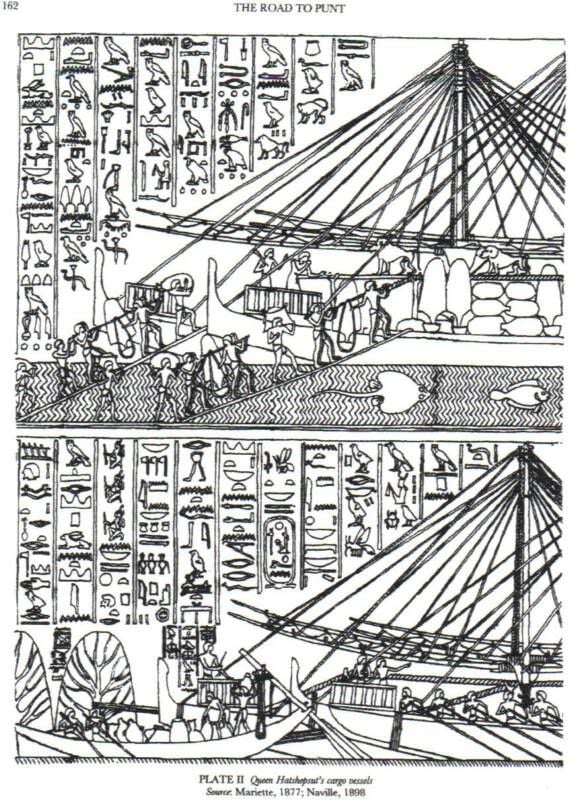
http://www.jstor.org/pss/3853489
http://www3.interscience.wiley.com/journal/119867463/abstract?CRETRY=1&SRETRY=0


Please examine closely the location of the island Sri Lanka in relation to the Horn of Africa and the Erythreaen(Red)Sea.

BLUE STREAK DENOTES EGYPTIAN BIGAWI (BEJA) TRADE ROUTE AND TERRITORY-NOTE WIDEST END PROXIMITY WITH AL FAYYOM (FAYOUM OASIS)

Look for Lake Moeris in the insert map. This is the enormous lake that once covered most of the Fayoum Depression during ancient times.
As the water table dropped this lake dried up leaving an ever wider barrier of thorn scrub and doum palm forest between the desert and the centre of the depression.



Search for El Fayum on the Nile River.







http://www.jstor.org/pss/3853489
http://www3.interscience.wiley.com/journal/119867463/abstract?CRETRY=1&SRETRY=0
Last edited:

